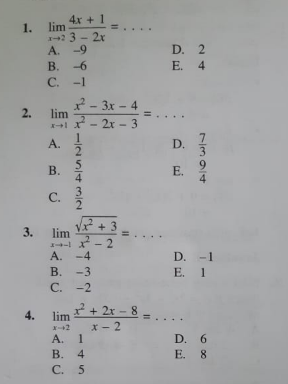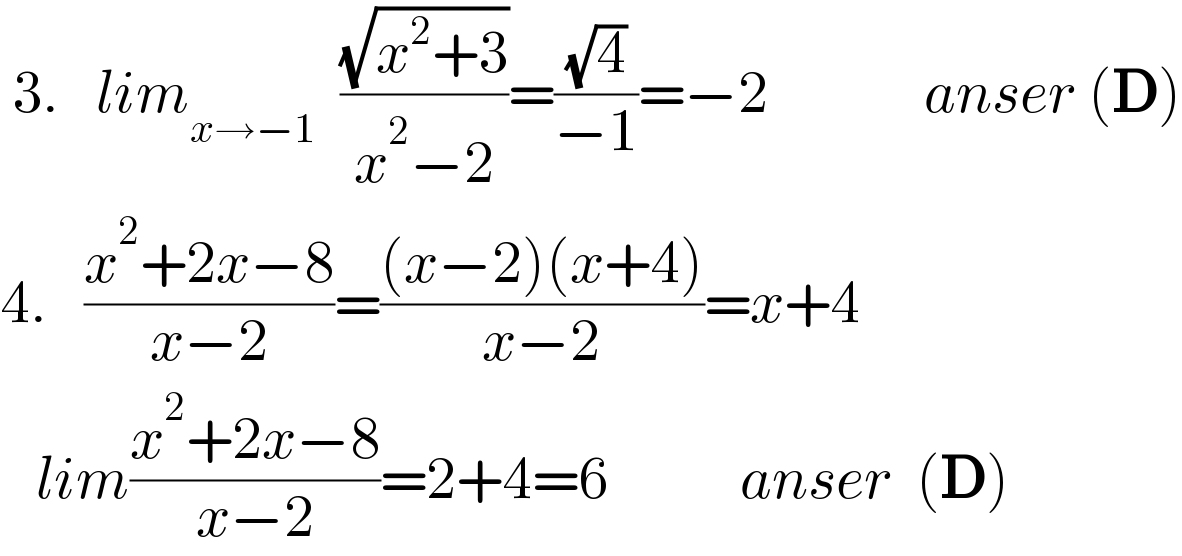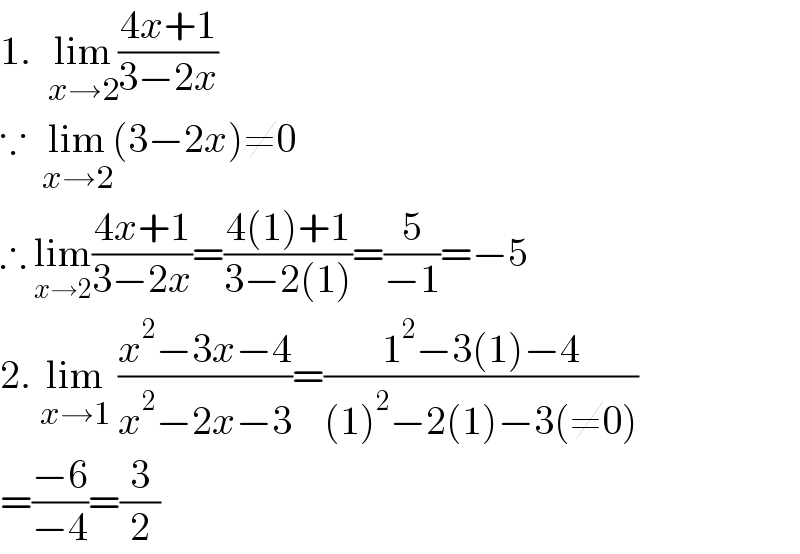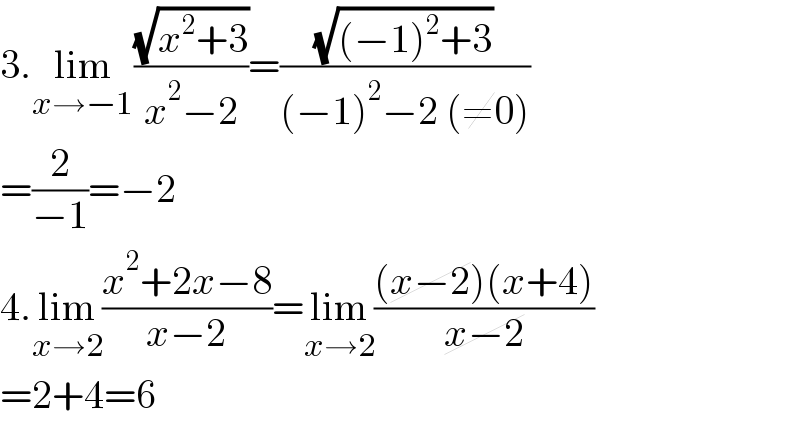
Question and Answers Forum
Question Number 176710 by eka last updated on 25/Sep/22

Answered by a.lgnaoui last updated on 26/Sep/22

Answered by Rasheed.Sindhi last updated on 25/Sep/22

Answered by Rasheed.Sindhi last updated on 25/Sep/22

| ||
Question and Answers Forum | ||
Question Number 176710 by eka last updated on 25/Sep/22 | ||
 | ||
Answered by a.lgnaoui last updated on 26/Sep/22 | ||
 | ||
| ||
Answered by Rasheed.Sindhi last updated on 25/Sep/22 | ||
 | ||
| ||
Answered by Rasheed.Sindhi last updated on 25/Sep/22 | ||
 | ||
| ||